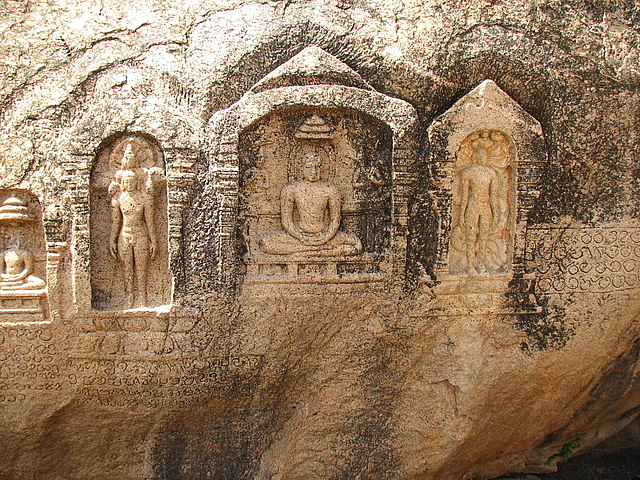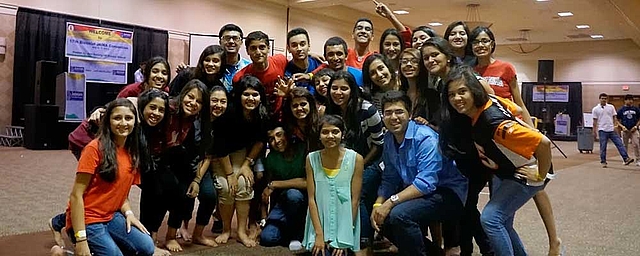A strong resistance to philosophical dogmatism and a respect for all life.
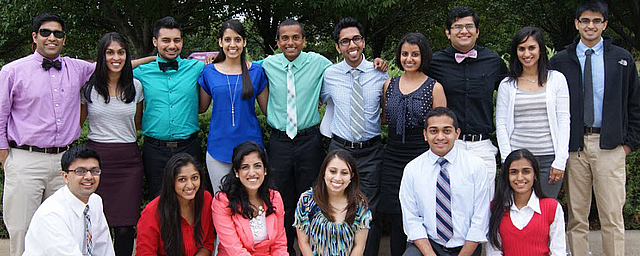 2013-2014 YJA Executive Board

A Video on Ahimsa: Made Available through the Pluralism Project at Harvard 
 Gandhi and Jainism

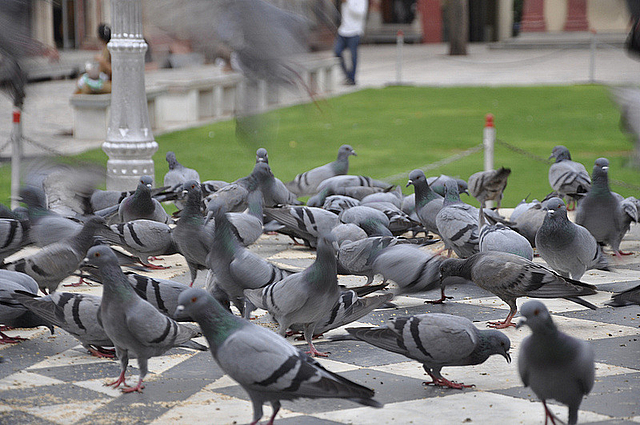  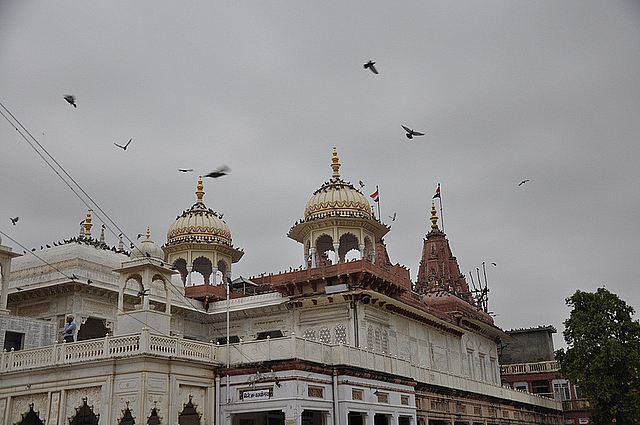 |
Young Jains of America
- * To raise awareness about Jain ideals and principles in North America and the world;
- * To create a forum for sharing Jain religion;
- * To instill a sense of pride among youth about Jain heritage;
- * To address the problems, difficulties, and concerns facing Jain youth;
- * To assist and to promote charitable community activities;
- * To prepare youth, who ascribe to Jain values, to become successful leaders of tomorrow;
- * To develop friendships among the youth, who ascribe to Jain values; and
- * To foster and strengthen local Jain youth groups.
Admittedly, their numbers are quite small compared to more populous traditions such as Christianity and Islam. But it seems to me some of the ideals and principles of Jainism are at the healing edge of the evolution of human consciousness. I focus on two: Ahimsa and Avekantavada
Ahimsa in Whiteheadian Perspective
All this makes good sense to Whiteheadians, including those like me who are Christian and who are drawn to Jesus as a prince of peace. Jainism emerged in India some 400 years before Christianity, and I cannot help but wonder if Jainism doesn't partake of -- and in some ways deepen -- a spiritual impulse toward which Jesus and other Jews were drawn. The impulse is toward a life of non-harm, of forgiveness, of compassion. In recognizing that such a life rightly extends to all living beings, not humans alone, Jains are spiritual pioneers: beacons for the future. Their vegetarianism is a practicing of the peace toward which Christians are drawn and from which Jesus, too, can learn.
Already this has happened. Martin Luther King, Jr. was a Christian influenced by Jainist ideal of non-violence, as mediated through the influence of Gandhi, who was a Hindu influenced by Jainism. Our task in the 21st century is to keep learning. In the spirit of the Young Jains of America, it is to become aware of, and learn from, Jain ideals. One of the ideals is radical non-violence, including the practice of vegetarianism; and another is Anekantavada, or having respect for multiple viewpoints, including those of other animals.
.
Anekantavada in Whiteheadian Perspective
Amid the process we are always feeling and responding to the world from a particular point of view, seeking to live with satisfaction relative to the situation at hand. Whitehead speaks of this desire to live with satisfaction as your subjective aim.
In Whitehead's philosophy as in Jainism, all living beings with seats of awareness are in the same situation. Those that crawl, those that fly, those that swim, those that walk on four legs: they, too, are feeling and responding to the worlds they inhabit with subjective aims. They, too, seek to live with satisfaction relative to the situation at hand. They, too, are souls-in-process.
This does not mean that all souls are qualitatively identical. There are different kinds of souls relative to different degrees and capacities for sentience. But it does mean that all souls are "equal" in the sense that, moment to moment, they have value for themselves, inasmuch as they seek to survive with satisfaction, and that this value is objective: that is, part of the very nature of reality. We humans may rank various forms of sentience as higher than others for practical reasons; we may decide with the Jains that it is more morally problematic to take the life of a cow than a cabbage. But we rightly know that the whole of the universe is alive with feeling, with sensation of one sort or another, and that all living beings matter ultimately to themselves infinitely. In this sense all souls are equal. Accordingly it matters cosmically how we humans feel and respond to one another and to other sentient beings.
Karma and Freedom
In our case, our feelings include acts of perceiving, remembering, anticipating, reflecting, and knowing, including the emotions which clothe or permeate those acts. Whitehead speaks of these feelings as acts of prehending the world, and he speaks of the emotions as subjective forms. In his philosophy, even our most intellectual activities -- our mathematical thinking, for example -- is a form of feeling.
Our responses are acts of decision: that is, of cutting off certain possibilities for responding to the world and actualizing others. In these responses we have a certain degree of freedom, but always we are also shaped by decisions made in the past and by myriad influences in the past actual world.
In a Whiteheadian context, karma would be the power of the past as it influences the present and also the act of responding to the past by creating a new future. Some of the influences we receive from the past are the result of decisions we have made in the past, while some are the result of social, biological, and environmental conditions for which we are not responsible, but from which we may nevertheless suffer. At least this is how a Whiteheadian would think of karma from the past. Some of it is self-created and some is world-created.
Multiple Perspectives
Karma inherited from the past is part of what constitutes our experience in the present, but we are also creating new karma in how we respond to what we receive. Our responses take the form of thinking, feeling, and acting; and the Jain ideal is that we respond as non-violently as we can in all that we do.
Ordinarily we respond on the basis of what we know or think we know, based on many kinds of knowing: verbal-linguistic, mathematical-logical, visual-spatial, rhythmic-musical, bodily, emotional, and introspective. Typically these modes of knowing are blended in particular acts of knowing. Each has cognitive value but none is infallible.
Our fallibility comes from the fact that we always experience and know the world from a particular region in the space-time continuum and from the fact that our experience is always shaped by our past actual worlds and our own aims and intentions. By virtue of these factors we know things in partial ways.
Moreover, our perspective is different from moment to moment, because we are always changing. Our perspective at age two differs from our perspective at age twenty-two, which differs from our perspective age forty-two. In the life of a human being, there are as many perspectives as there are moments of experience, and each moment brings with it a unique perspective.
Other living beings have perspectives, too. This includes creatures who crawl, swim, walk, and fly. They, too, have their ways of knowing and they, too, live from moment to moment. This means that on our planet there are multiple perspectives from which aspects of the universe are known, all of which are valuable and none of which are absolute. Hence the truth of the Jain ideal of no-one-perspective-ism or Anekantavada. There are as many perspectives as there are moments in the life of each and every soul.
As a result of this fact, it is important to listen to the voices of other people and other living beings, seeking to learn from them when possible, and respect what they may know; and it is important never to absolutize one's own perspective as containing the whole truth (Satya).
While there may be living beings who have become so enlightened that they see the whole of things, we best be careful not to pretend we have their knowledge. For the Jains these are the enlightened ones: the Tīrthaṅkaras. But we are not among them. Always we approach the world through limited perspectives which ought never be absolutized, and which ought never to function as means by which we close out the possibility that others can teach us.
There is no one perspective that has all the truth, and there are many perspectives that have some truth. Our best approach in life is to be humble with the truths we know or think we know, to trust that Truth is always more than anyone's perspective of it, and to take the appreciation of multiple viewpoints as a spiritual virtue in its own right. It is to practice Anekantavada.
-- Jay McDaniel
Want to learn more? Let the Pluralism Project at Harvard be your guide.
For a timeline of Jainism in America, click here.
For a bibliography on Jainism, click here.
Jainism and God
Jainism is often described as a non-theistic religious tradition. It sees the universe as a cycle of cosmic epochs without beginning or end, and it avoids speculating on a creator god who might be an animating principle for the cycles. Whitehead, too, speaks of the universe as without beginning or end, but adds the idea of a divine reality who beckons the universe into forms of order and novelty relative to different cosmic epochs and who is filled with compassion for all living beings. In Whitehead's philosophy there is a side of God which forever feels the experiences of all living beings in any dimension of the universe and weaves a unity out of what is felt. Whitehead imagined this side of God as a Harmony of Harmonies or a deep Peace.
For Whiteheadians it is possible to imagine the Tirthankara as someone whose consciousness has become transparent to the Harmony of Harmonies and who, upon the end of the cycle of reincarnation, continues to live as an inspiration for all to follow. Moreover, in a Whiteheadian context the the very word "God" can also be used to name a spirit within each living being -- a spark of divinity -- which is worthy of utmost respect and which can become transparent to the Harmony in time. This would be God as the initial aim within each creature, which is indeed God in the creature, moment by moment. This aim is not only an ideal aimed at, it is also the act of aiming at the ideals. On this view "God" names the sum of all souls seeking and perhaps finding liberation.
This is what we hear in the words below from Vivek Maru.
Our conception of God really is the sum of all liberated souls. So your soul, my soul, the soul in the blade of grass outside, the soul in the grasshopper playing outside at night, all of these souls in their purest form is "God" for us. And what is beautiful about that is that this means that God is really within because the soul resting within me is God, and it's the same God as was within Mahavira and the God that will eventually come forth when my soul achieves moksha.
-- Vivek Maru, Harvard College, Class of 1997, Cambridge, Massachusetts. Click here to hear the audio on the website for On Common Ground.
Who cannot but hear beauty in the idea that the word "God" somehow names the soul in each of us, grasshoppers included. From a Whiteheadian perspective the soul is reaching toward the Soul, and the Soul is in the reaching.
Perhaps there is an ultimate peace to which all souls awaken after many lifetimes and journeys. Perhaps, in the end, we all evolve into Tīrthaṅkaras. If the universe has no temporal end, there's time enough for all of us to awaken to the Soul within the souls. We can hope.
But here on earth, in this lifetime, the possibilities are more modest yet quite beautiful. Deep down, we seek a way of living that is deep and gentle, creative and receptive, forgiving and accepting -- no, delighted -- by the multiplicities of life. The strength of this way of living is in communion, not domination. How can we open the door into this more compassionate way of living? Surely Jainism holds some of the keys.
-- Jay McDaniel

Seated Jain Tirthankara, Solanki period (ca. 900–1250), ca. first half 11th century India, Gujarat or Rajasthan; White marble; H. 38 7/8 in. (98.7 cm); Metropolitan Museum of Modern Art; http://www.metmuseum.org/toah/works-of-art/1992.131
